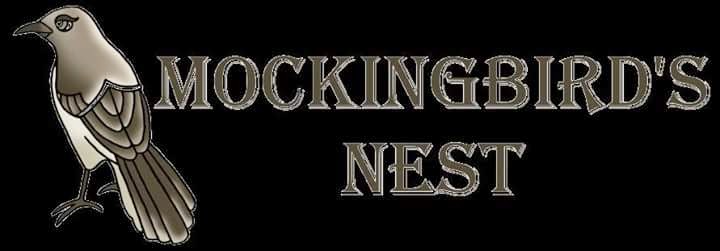Like all other posts in the Pulling Back The Curtain series this post addresses ideas from the book Age Of Propaganda.Many of the ideas here are paraphrased or interpreted from that book. Many are aspects of persuasion that I have written on in terms from hypnosis or rhetoric or critical thinking. This book explores these concepts in terms and ideas from social psychology.
Hypnotism is sort of the black sheep of a family of subjects including rhetoric , psychology, social psychology and ultimately cognitive neuroscience. Hypnotism is partly held back by the same thing that makes psychology a step up at times, social psychology a huge step up on its best day and neuroscience king of the mountain: scientific methodology or its absence. Hypnotism has a combination of superstition and poor man's psychology combined.
Rhetoric has fewer false assumptions but similarly was not scientifically validated or falsified.
Some of psychology was quite unproven early on, but by the time you get to social psychology and the decades of experiments and peer review and hypothesis and scientific scrutiny we now have it is very far removed from hypnotism.
That doesn't mean Scientologists and exes and students trying to understand cults shouldn't study hypnotism. They all definitely should study hypnotism and the methods cults use. In Scientology hypnotism was the method Hubbard studied and discussed, it therefore is the method his victims need to thoroughly understand in my opinion.
Social psychology is the marriage of ideas from psychology and scientific method to get much better ideas on how people think, feel and behave. It compliments the information hypnotism provides quite well.
In the book Age Of Propaganda many other useful ideas are present. I have decided to cover just one more concept from this - the chapter perhaps most obviously related to Scientology: How to Become a Cult Leader.
I will quote a few ideas from this book to show the perspective social psychologists may have on cults.
The term cult is used to describe a pattern of social relations within a group. At the core of these relations is dependency. ( page 306 )
This dependency results in a specific pattern of relations. ( page 306 )
The authors go on to list seven successful techniques cults routinely use. They note that cults use persuasion techniques in a more systematic and complete manner than other groups.
1. Create your own social reality. The first step in creating a cult is to construct your own social reality by eliminating all sources of information other than that provided by the cult.
Repeat your message over and over again. Repetition makes the heart grow fonder, and fiction, if heard frequently enough, can come to sound like fact.
2. Create a granfalloon. The granfalloon technique requires the creation of an in-group and an out-group of the unredeemed.
The reverse side of the granfalloon tactic is the creation of an out-group to hate.
3. Create commitment through a rationalization trap. Cults can insure members' obedience by establishing a spiral of escalating commitment; the cult member, at first agrees to simple requests that become increasingly more demanding.
4. Establish the cult leader's credibility and attractiveness.
5. Send cult members out to proselytize the unredeemed and to fund-raise for the cult.
6. Distract cult members from thinking undesirable thoughts.
7. Fixate members' vision on a phantom. The successful cult leader is always dangling a notion of the promised land and a vision of a better world before the faithful.
In L. Ron Hubbard's Church of Scientology, members are working for a state of "clear". ( chapter 36 Age Of Propaganda )
I feel Scientology completely fulfills all seven steps .
It has a highly censored reality with tremendous repetition of Hubbard's ideas. It creates the in-group of Scientologists and undesirable groups like wogs, degraded beings and suppressive persons for everyone else. And defectors and critics are utterly loathed. The commitment routinely is gradually increased until it is total, fanatical and zealous.
Though many don't see Hubbard as good looking his authority is constantly stressed and once accepted never denied. Cult members constantly try to fund raise. It may be Scientology's primary activity now. Despite horrible public relations gaffes and being ridiculed and detested by millions, Scientology still tries to recruit and bring back members. Though it is shrinking despite all efforts. Many methods are used in the cult to prevent the thinking of undesirable thoughts. Now many ethics officers act as thought police to squash dissent. The cult members chase many phantoms, quite generous empty promises of counterfeit dreams. They chase Godhood if wealthy whales to be fleeced, or a cleared planet as a far off utopia if staff or Sea Org slaves. They chase an illusion that can never be and sacrifice the very real lives they could enjoy.
I hope the entire Pulling Back The Curtain series has broadened the perspective on how Scientology uses propaganda and how exploring new and forbidden ideas can bring additional understanding of , and hopefully recovery from Scientology.

No comments:
Post a Comment
Note: Only a member of this blog may post a comment.